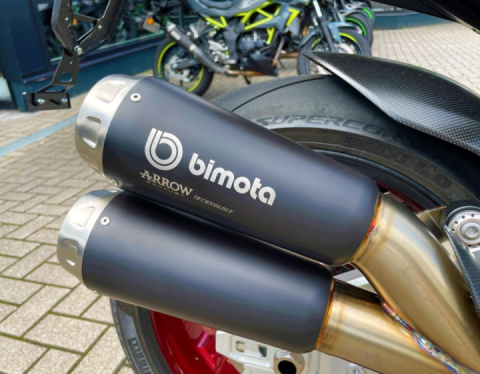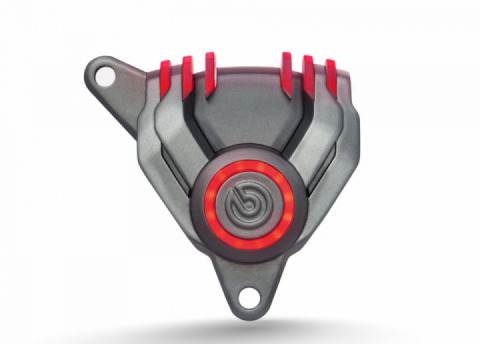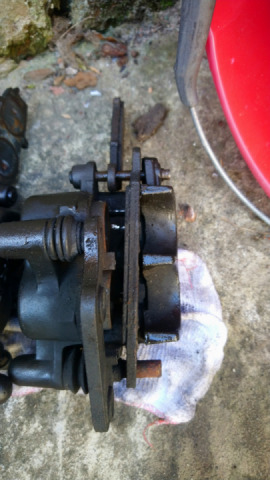
Brembo 2021 MotoGP Brakes
Braking is an essential part of going fast, and Brembo leads the world in decelerating motorcycles. All 11 MotoGP teams in 2021 will be running a Brembo braking system customized for each of the 22 riders on the grid.

New for 2021 from Brembo is a ventilated carbon disc. Although carbon discs must be brought up to operating temperature to properly stop the motorcycle—a characteristic that makes them unsuitable for street bikes—specific circuits have heavy demands on the brakes. The Buriram International Circuit, Red Bull Ring, Sepang International Circuit, and Twin Ring Motegi are all tracks where braking systems can overheat, and the ventilated discs may be deployed.

The personalization of the Brembo braking system is accomplished in a variety of ways. There are two different disc diameters—340mm and 320—though most riders will run the 340mm front discs. Brembo offers each disc in High Mass and Standard Mass designs, depending on the rider’s preference for rotating mass. Further, there are two carbon compounds for the discs, with different initial bite and high-temperature resistance.

Last year, Brembo introduced the four-piston GP4 monoblock aluminum caliper for the front end, and it is back. Although the GP4 has had wide acceptance, some riders still prefer the 2019 caliper, which Brembo continues to make available.

Rear braking is also an area where the riders have meaningful choices in implementation. At least eight of the MotoGP competitors use a thumb (push) or index (pull) finger rear brake. Brembo implements this system in two ways. One method uses the thumb lever and foot pedal in the same hydraulic circuit to actuate the two-piston caliper. The other employs a four-piston caliper for the rear disc, with the independent hydraulic circuits for the thumb and foot, each actuating two pistons.

Moto2 will be using the same braking system as in 2020, while Moto3 gets an upgrade. The Moto3 front brake calipers are styled after the GP4 in MotoGP. The monobloc aluminum calipers, which have integrated cooling fins, house two 32mm pistons. There’s also a new aluminum disc. Additionally, the master cylinders will have a wider choice of piston diameters for the riders to choose from to personalize the braking system’s aggressiveness. The entire system is seven ounces lighter than last year’s Moto3 setup.
MotoGP, Moto2, and Moto3 riders have Brembo calipers on their racebikes, with 90 percent using a Brembo master cylinder. The Brembo Group owns Marchesini wheels, which are used by more than half of the three GP classes’ riders.
Credit: ultimatemotorcycling
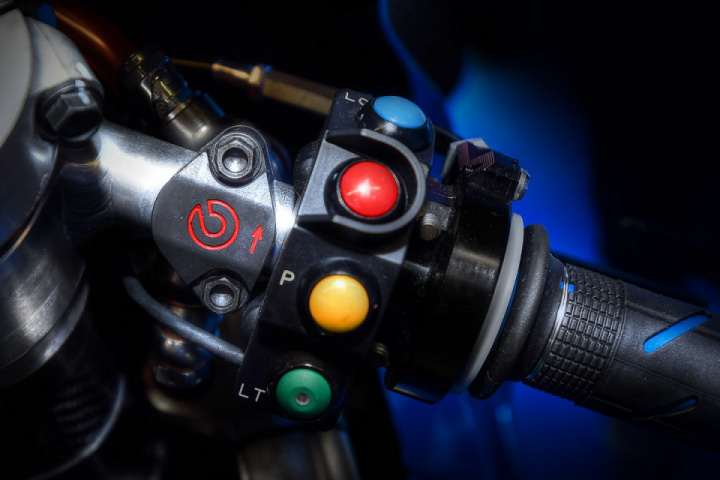



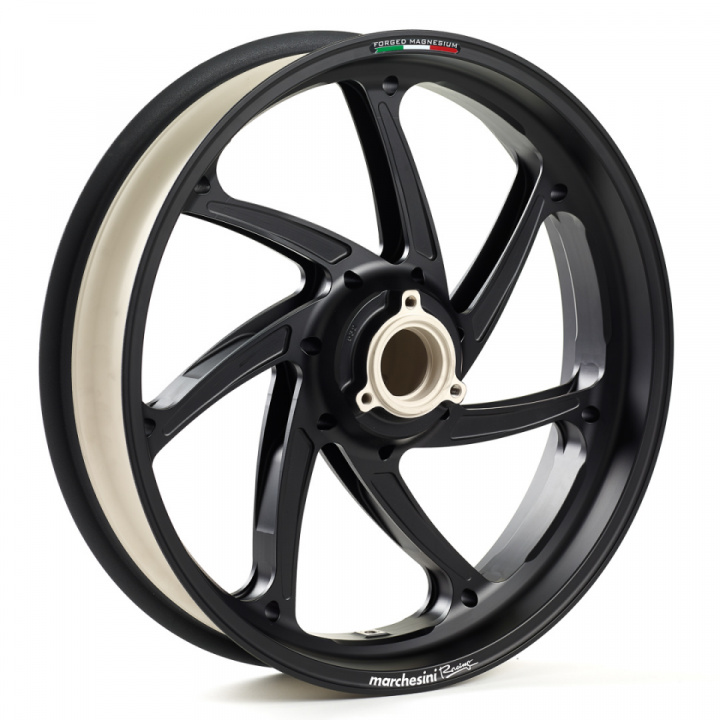
#Gear #Moto #Technologies


















